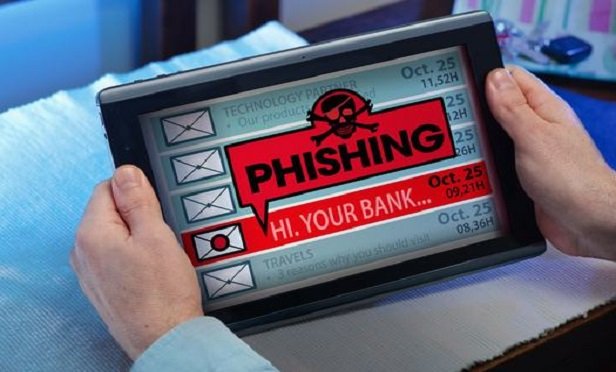 Defenses against fraud can range from software and systems to security awareness training for staff to expert consultations. (Photo: Shutterstock)
Defenses against fraud can range from software and systems to security awareness training for staff to expert consultations. (Photo: Shutterstock)
While it can be challenging to establish accurate statistics on cybercrime and the losses businesses suffer because of it, there's no doubt that enormous sums of money are involved. We also know that cybercrime is on the rise. According to the 2019 annual report from the FBI's Internet Crime Complaint Center (IC3), total recorded losses over the last five years were $10.2 billion, but $3.5 billion of that was stolen last year alone.
Recommended For You
Want to continue reading?
Become a Free PropertyCasualty360 Digital Reader
Your access to unlimited PropertyCasualty360 content isn’t changing.
Once you are an ALM digital member, you’ll receive:
- Breaking insurance news and analysis, on-site and via our newsletters and custom alerts
- Weekly Insurance Speak podcast featuring exclusive interviews with industry leaders
- Educational webcasts, white papers, and ebooks from industry thought leaders
- Critical converage of the employee benefits and financial advisory markets on our other ALM sites, BenefitsPRO and ThinkAdvisor
Already have an account? Sign In Now
© Touchpoint Markets, All Rights Reserved. Request academic re-use from www.copyright.com. All other uses, submit a request to [email protected]. For more inforrmation visit Asset & Logo Licensing.







